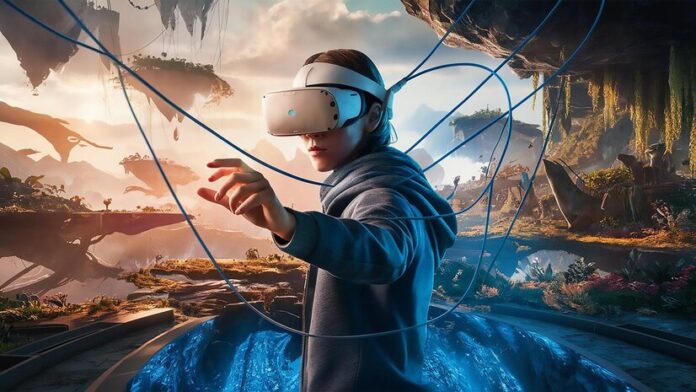In today’s gaming landscape, visual effects (VFX) have become more important than ever in creating rich, immersive experiences. Once primarily used in movies, VFX now plays a key role in video games, helping developers bring detailed, complex virtual worlds to life. As games evolve, so does the technology that powers them, and VFX is at the forefront of this transformation.
The beauty of VFX in gaming lies in its ability to render everything in real-time. Unlike films, where effects are pre-rendered and carefully polished, games need to generate effects on the fly, responding instantly to player actions. Whether it’s a fireball spell in a fantasy RPG or a collapsing building in a first-person shooter, these effects need to happen dynamically, making the gaming experience feel real and reactive. Games like “Fortnite” and “Red Dead Redemption 2” have set the standard for what’s possible, delivering breathtaking visuals while maintaining smooth gameplay.
Another aspect where VFX shines is in creating stunning cutscenes that blend seamlessly with gameplay. These cinematic moments help tell the story while maintaining the visual quality of the game’s universe. Games like “The Last of Us Part II” or “Horizon Zero Dawn” use VFX to add layers of emotion and intensity to their storytelling. With photorealistic environments, lifelike characters, and dynamic lighting, VFX helps draw players into the narrative on a deeper level, turning gaming into a truly cinematic experience.
Ray tracing is another breakthrough in gaming VFX, providing more realistic lighting and shadows. In titles like “Cyberpunk 2077” and “Minecraft RTX,” ray tracing technology allows light to interact with objects in a way that mimics real life, making environments look more realistic than ever before. Players can now explore worlds where reflections in water and glass look lifelike, and where shadows fall naturally.
As we move toward the future, VFX will only continue to shape how we play and experience games. Whether it’s through virtual reality (VR) or new augmented reality (AR) experiences, VFX will continue pushing the boundaries, making virtual worlds feel more real and immersive than we ever imagined.




